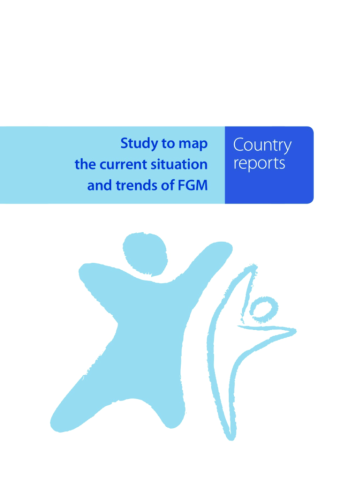The publication presents national reports on female genital mutilation, covering EU-27 and Croatia. This is one of the products developed by Ghent University — ICRH and E.A.D.C. (Yellow Window Management Consultants) who were commissioned to carry out EIGE’s study ‘Study to map the current situation and trends of female genital mutilation in 27 EU Member States (MS) and Croatia’.
Databases
Methods and tools combating FGM
